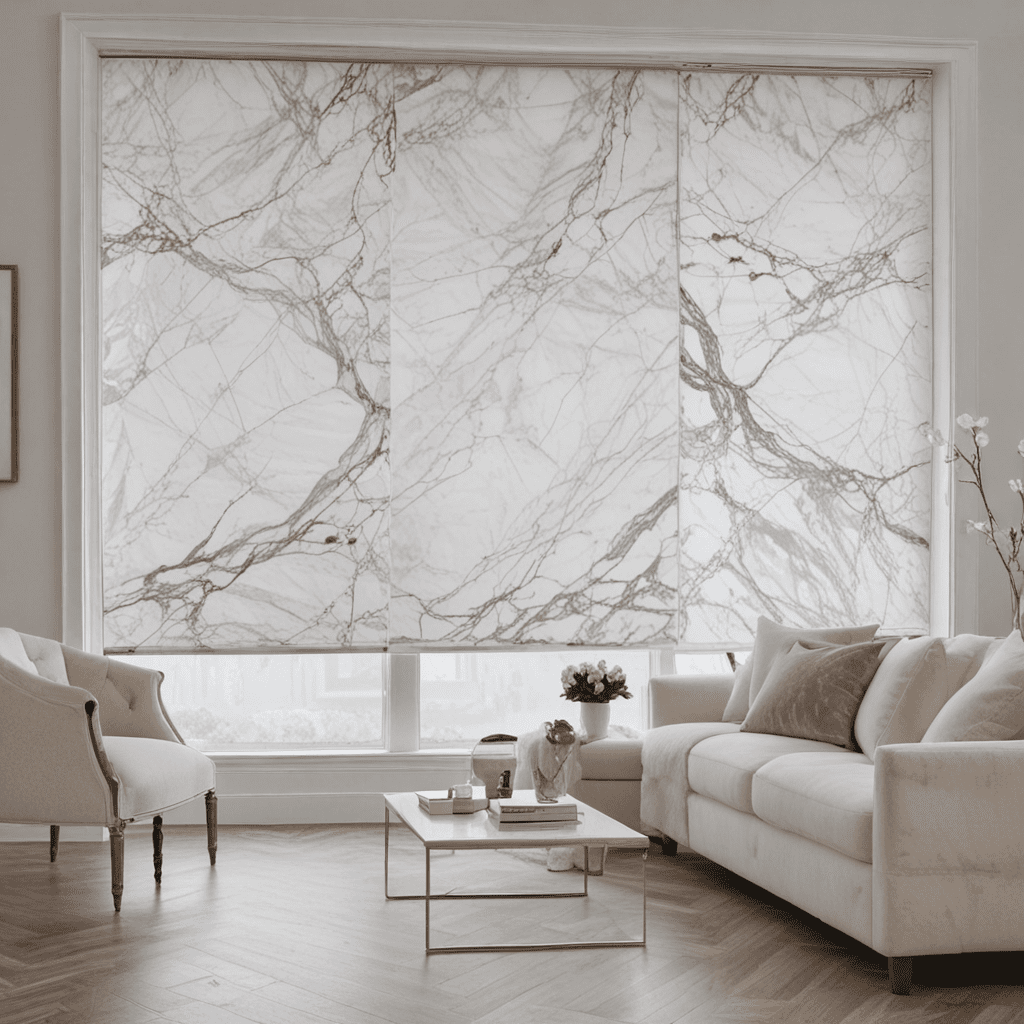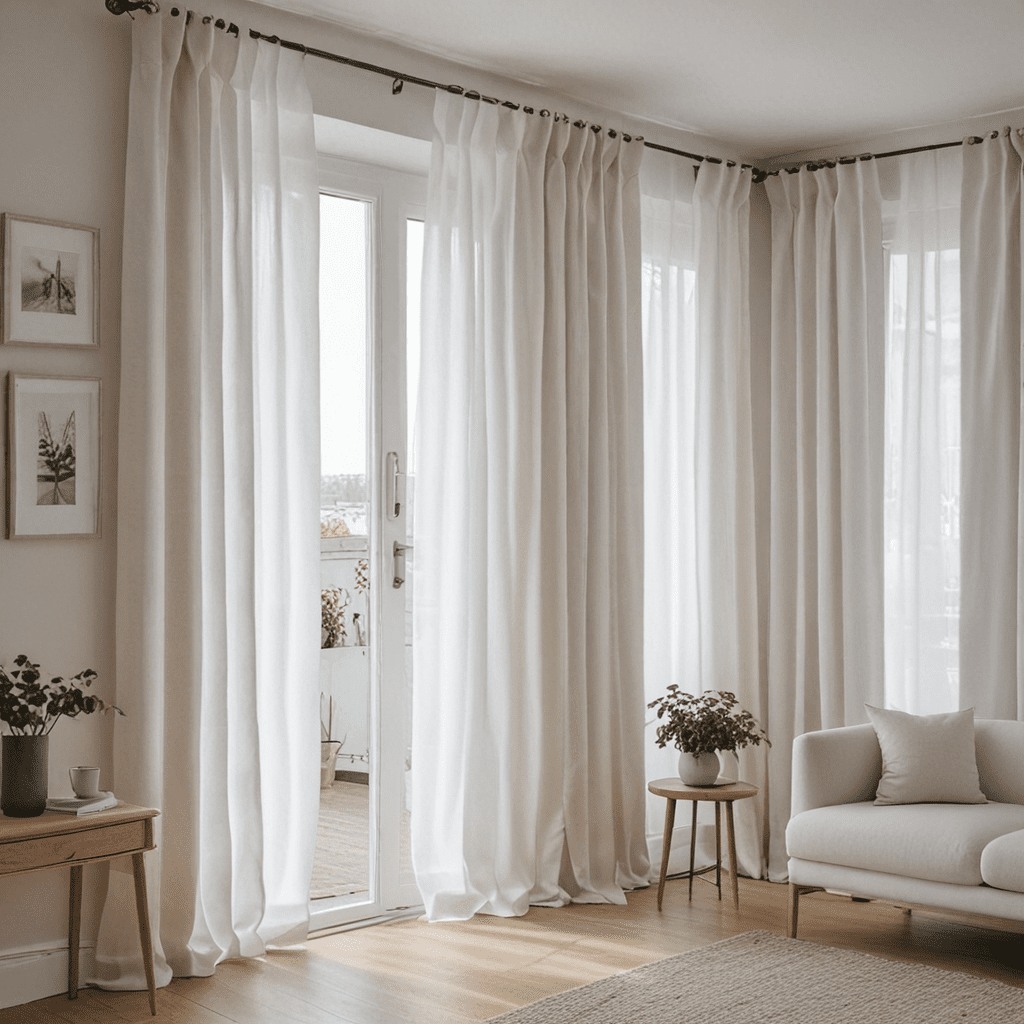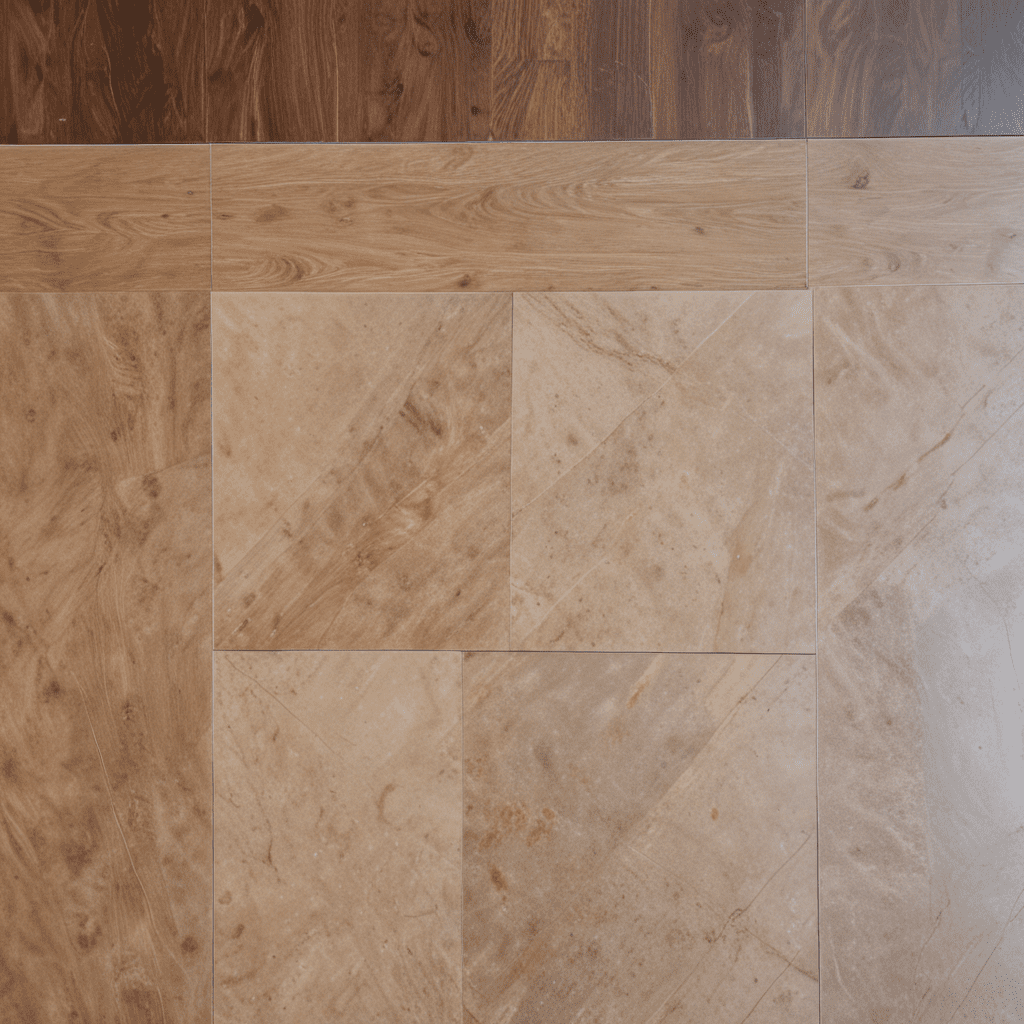Sustainable Fabric Choices: The Best Options for the Environment
Sustainable Fabric Choices: Creating an Eco-Friendly and Stylish Living Space
Sustainable fabric choices have become increasingly important in interior design as we strive to create comfortable and aesthetically pleasing living spaces that are also environmentally friendly. In this article, we will explore the key elements of sustainable fabric choices, offer practical tips for selecting eco-friendly furniture pieces, and answer frequently asked questions to help you make informed decisions for your home.
Key Elements of Sustainable Fabric Choices
1. Natural and Organic Materials
One of the fundamental elements of sustainable fabric choices is the use of natural and organic materials. Fabrics made from materials such as organic cotton, hemp, linen, and bamboo are excellent options as they are grown without the use of harmful pesticides and fertilizers. These materials also have a lower ecological footprint compared to synthetic fibers.
2. Recycled and Upcycled Fabrics
Opting for fabrics made from recycled or upcycled materials is another important aspect of sustainable fabric choices. Recycled polyester, for example, is made from discarded plastic bottles and offers the same performance as virgin polyester while reducing waste and energy consumption. Upcycled fabrics, on the other hand, are created by repurposing materials like denim or leather to give them a new life.
3. Low-Impact Dyes and Finishes
The dyes and finishes used in fabric production can have a significant impact on the environment. Choosing fabrics that are dyed with low-impact or natural dyes, which require less water and energy, helps minimize pollution and water waste. Similarly, opting for fabrics with eco-friendly finishes, such as those free from harmful chemicals or treated with non-toxic substances, ensures a healthier indoor environment.
4. Durability and Longevity
Sustainable fabric choices also prioritize durability and longevity. Investing in high-quality, well-constructed furniture pieces made from durable fabrics not only reduces the need for frequent replacements but also minimizes waste. Look for fabrics that are known for their durability, such as heavy-duty upholstery fabrics or tightly woven materials, to ensure that your furniture will stand the test of time.
5. Local and Ethically Sourced Materials
Considering the origin and sourcing of the materials used in fabric production is another crucial element of sustainable fabric choices. Opting for locally sourced materials reduces carbon emissions associated with transportation and supports local economies. Furthermore, choosing fabrics made from ethically sourced materials ensures fair labor practices and avoids supporting exploitative or environmentally damaging industries.
Tips for Sustainable Fabric Choices
Now that we’ve explored the key elements of sustainable fabric choices, let’s discuss some practical tips for selecting eco-friendly furniture pieces:
- Research Brands and Manufacturers: Look for furniture brands and manufacturers that prioritize sustainability. Check if they have certifications or affiliations with organizations that promote environmentally friendly practices, such as the Forest Stewardship Council (FSC) or the Global Organic Textile Standard (GOTS).
Consider Secondhand and Vintage Options: Explore thrift stores, consignment shops, or online marketplaces to find pre-owned furniture. Not only does this save resources and reduce waste, but it can also add unique character to your space.
Choose Multi-Functional Furniture: Opt for furniture pieces that serve multiple purposes. This not only maximizes the functionality of your space but also reduces the need for additional items, minimizing resource consumption.
Embrace Minimalism: Adopting a minimalist approach to interior design not only creates a clean and clutter-free living environment but also reduces the demand for excessive furniture and accessories.
Seek Repairable and Reupholsterable Furniture: Look for furniture that is designed to be easily repaired or reupholstered. This extends the lifespan of the piece and reduces the need for replacement.
FAQ about Sustainable Fabric Choices
Question 1: Are natural fabrics always more sustainable than synthetic fabrics?
- Answer: While natural fabrics are generally considered more sustainable due to their biodegradability and lower environmental impact, the sustainability of a fabric depends on various factors such as production methods, sourcing, and end-of-life disposal. Synthetic fabrics made from recycled materials can offer comparable environmental benefits to natural fabrics.
Question 2: How can I ensure that a fabric is truly sustainable?
- Answer: Look for certifications or labels that indicate sustainable practices, such as GOTS, OEKO-TEX, or Cradle to Cradle. Additionally, research the brand or manufacturer’s sustainability initiatives and transparency regarding their supply chain.
Question 3: Can sustainable fabrics be stylish and trendy?
- Answer: Absolutely! Sustainable fabrics now come in various styles, colors, and patterns, catering to different design preferences. From organic cotton prints to recycled polyester blends, you can find eco-friendly fabrics that suit your aesthetic vision.
Question 4: How do I care for sustainable fabrics to ensure their longevity?
- Answer: Follow the care instructions provided by the manufacturer to maintain the fabric’s quality and durability. Avoid using harsh chemicals or excessive heat during washing and drying, as these can degrade the fabric fibers.
Question 5: Are sustainable fabrics more expensive?
- Answer: While sustainable fabrics can sometimes have a higher price tag, it is important to consider the long-term value and environmental benefits they offer. Investing in durable and eco-friendly fabrics can save money in the long run by reducing the need for frequent replacements.
By making conscious choices when it comes to sustainable fabric selections, we can create stylish and eco-friendly living spaces that reflect our values and contribute to a healthier planet. So, let’s embrace sustainable fabric choices and make a positive impact on both our homes and the environment.





